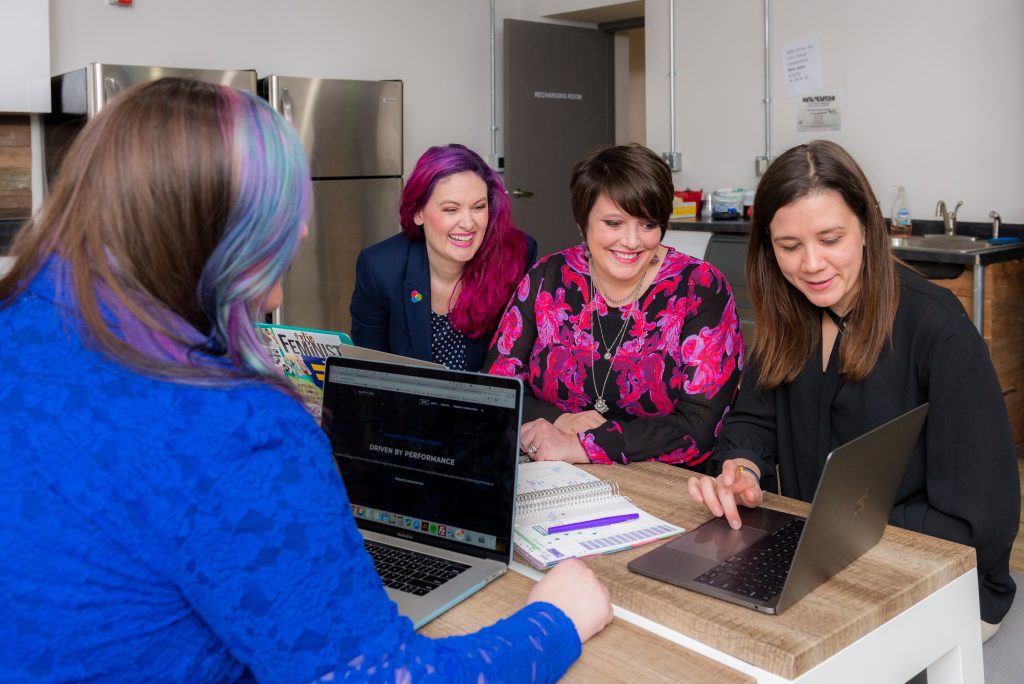It can be confusing with a variety of different terms used to describe related concepts.
Strategic workforce planning relates to analysing workforce profile data and trends; forecasting demand; analysing supply; and undertaking a gap analysis.
Data analysis, knowledge management, scenario planning and Imagineering are relevant approaches.
Workforce profiling and analysis should reflect organisational structure now and into the future…
Workforce development bridges the gap between the current workforce and the desired workforce. Workforce development is underpinned by competency profiling, prioritisation and hot spot analysis.
Workforce development strategies to close the gaps identified may include: Attraction, Capabilities, Capacity, Change Management, Communication, Competency Frameworks, Leadership Development, Knowledge Management, Learning and Development, Mission Critical Job roles, Organisational Development/Learning, Professional Development, Recruitment, Retention, Reward and Recognition, Skills, Staff Development, Succession Planning, Team Development, Training and Development, Transition, Values and Behaviours, Work Life Balance.
In short,
- Workforce planning - analysing workforce profile data and trends; forecasting demand; analysing supply; and undertaking a gap analysis.
- Workforce development - bridges the gap between the current workforce and the desired workforce forecast.
- Workforce skills development – all forms of learning and skills acquisition.
- VET Training and Assessment – formal learning and assessment against units of competency and qualifications from National Training Packages or accredited courses through a Registered Training Organisation.
- Training Needs Analysis (TNA) - also known as a gap needs analysis – identifies skills/competency gaps by isolating the difference in and between current and future skills/competency. This is achieved by collecting both qualitative and quantitative data for analysis.
Workforce Capability X Capacity = Workforce Productivity + Contribution.
Human resource management strategies to address workforce issues may include: Career Planning, Culture, Diversity, Employer of Choice, Gender Diversity, Human Resource Policies, Induction, Job Descriptions, Key Performance Indicators, Issues, Performance Management, Recruitment, Reward and Recognition, Succession Planning, Talent Management, Turnover, Values and Behaviours, Work Life Balance.
Here is a list of Workforce Gap Closing Strategies you may want to implement based upon the gaps you have found through developing your workforce plan.
Workforce Planning (Capacity):
- Strategies to source skilled labour
- Workforce characteristics and dynamics analysis
- Turnover % analysis
- Workforce demographics stock take and update
- Research into current and predicted external labour supply information
- Organisational structure review and restructure
- Labour forecasting techniques
Workforce Development (Capability):
- Capability/competency framework
- Leadership development activities
- Learning and development plans
- Professional development activities
- Knowledge transfer strategies
- Competency based recruitment and job descriptions
- Transition/transfer and retention strategies
- Induction development/review
Human Resource Management (Staffing):
- Attraction and recruitment practices and strategies
- Job advertising strategy
- Performance management and review
- Reward and recognition strategies
- Values and behaviours demonstration
- Succession and career planning
- Flexible work practices
- Leave patterns and trends data analysis
- Job description updates
- HR policies and procedures review
- Communication strategy review
- Workforce consultation review
- Exit interview process and data collection review
- Employer of choice review
If you’d like to learn more about Strategic Workforce Planning and Workforce Development you can join the Workforce Architects Program and/or tap into coaching and mentoring working alongside you as you undertake your project.

